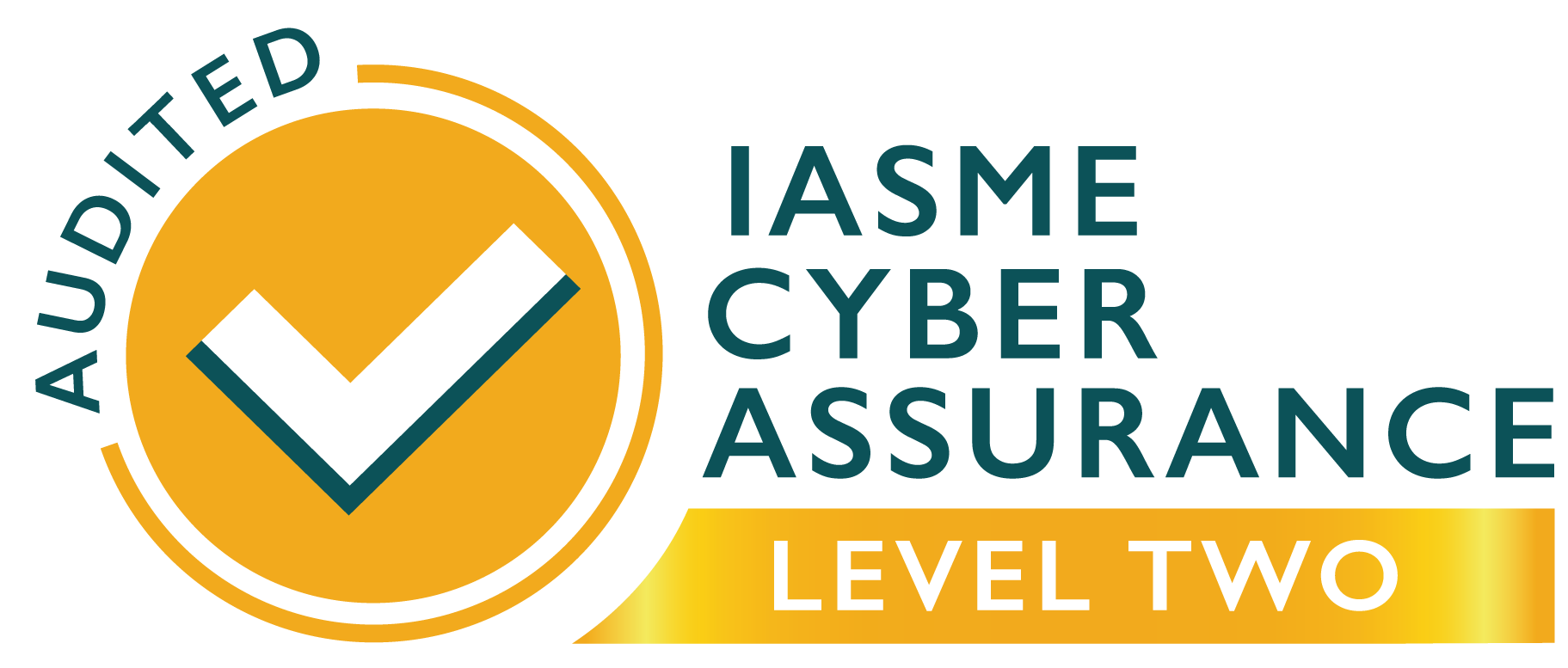
How to set up your first webinar
The ability to host webinars has to be one of the greatest benefits of the internet. Webinars just have so much flexibility and so many uses for brands and organisations to convey information, from HMRC offering webinars on self-assessment to self-employed workers, to companies using a webinar to generate interest in their latest product.
You can run them as small, intimate classes (priced accordingly) or as open lectures, possibly for free to market your business and there are all sorts of variations in between.
What’s more, webinars can be very straightforward to run, but, as always, it helps to have an idea of what you’re doing. Here are some tips.
Make sure you know your hosting platform
It used to be that webinars required expensive and specialised hosting services, but the increasing social media options for going ‘live’ have democratised webinar options.
The main free option is YouTube Live (the replacement for Google Hangouts) and there are various chargeable options of varying degrees of complexity and robustness. At the other end of the scale, you have the likes of GoToWebinar, which is super-robust, very easy to use and capable of hosting largescale events with ease – but is definitely not cheap.
Whatever platform you choose, make sure you familiarise yourself with it in good time for the event. This includes testing any equipment and slides you plan to use. Remember that the latter may be viewed on a mobile device so the text should ideally be large-font and clear.
Put the word out on the streets
Marketing a webinar works essentially the same way as marketing anything else. What that means in practice is that, if you already have an established community, it’s pretty straightforward, you just reach out to them in the usual way. Make the most of your email subscription list and any social media groups or pages you manage.
If you don’t have an established community then you’ll need to think about who might be interested in your webinar and where they might be. While the main social media platforms can be very useful, paid adverts are more realistic ways to promote to new faces than organic reach, which is more appropriate for existing fans and followers. For instance, on Facebook, you can market to ‘lookalike audiences’ where they compare the profiles of your existing fans to others who have similar interests and priorities and share your paid ads with them.
Work out how you’re going to link your webinar to your long-term marketing
Webinars can serve various purposes, but even if they’re not intended exclusively for marketing, they can still serve a valuable marketing function and it makes sense to make the most of the opportunity.
There are many ways to do this but most of them revolve around offering people access to additional, valuable content if they join you on social media and/or sign up to your email list. Alternatively, selling a product at the end of a webinar is a popular option.



